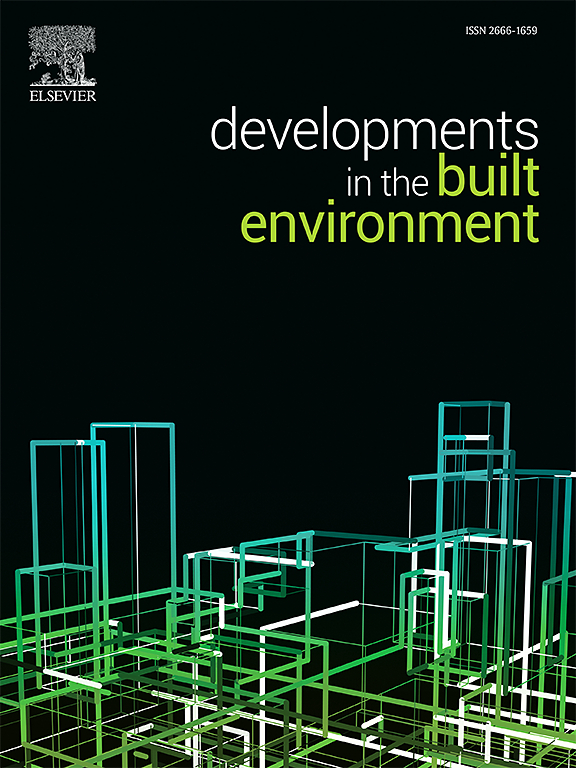Blockage detection in pipelines based on linear frequency modulated acoustic reflection method
IF 8.2
2区 工程技术
Q1 CONSTRUCTION & BUILDING TECHNOLOGY
引用次数: 0
Abstract
Hydrate-induced pipeline blockages pose critical risks to energy infrastructure reliability and operational safety. This study proposes a novel acoustic-based structural health monitoring system integrating linear frequency modulated (LFM) signals with adaptive matched filtering, specifically designed for early blockage detection in complex pipeline networks, including those in built environments. Validated via controlled experiments simulating industrial-scale conditions, the system achieved millimeter-level positioning accuracy (error <1 %) across varying blockage intensities (20–100 %), representing a 40 % precision improvement over conventional methods. The system's capability to resolve multi-stage blockage boundaries enhances predictive maintenance strategies for ensuring energy-efficient pipeline operations and infrastructure integrity management. By enabling real-time identification of incipient hydrate formation phases through acoustic signature analysis, this methodology supports sustainable infrastructure management through timely remedial interventions. Its applicability extends to intelligent building service pipelines, regional energy distribution networks, and deep-sea energy infrastructure, demonstrating significant potential for improving failure prediction and enhancing the resilience of built environment systems.
基于线性调频声反射法的管道堵塞检测
水合物引起的管道堵塞对能源基础设施的可靠性和运行安全构成重大风险。本研究提出了一种新的基于声学的结构健康监测系统,该系统将线性调频(LFM)信号与自适应匹配滤波相结合,专门用于复杂管网(包括建筑环境中的管网)的早期堵塞检测。通过模拟工业规模条件的受控实验验证,该系统在不同堵塞强度(20 - 100%)下实现了毫米级定位精度(误差<; 1%),比传统方法精度提高了40%。该系统解决多级堵塞边界的能力增强了预测性维护策略,确保了管道的节能运行和基础设施的完整性管理。通过声学特征分析,该方法能够实时识别早期水合物形成阶段,通过及时的补救措施支持可持续的基础设施管理。它的适用性扩展到智能建筑服务管道、区域能源分配网络和深海能源基础设施,在改进故障预测和增强建筑环境系统的弹性方面显示出巨大的潜力。
本文章由计算机程序翻译,如有差异,请以英文原文为准。
求助全文
约1分钟内获得全文
求助全文
来源期刊

Developments in the Built Environment
Multiple-
CiteScore
7.40
自引率
1.20%
发文量
31
审稿时长
22 days
期刊介绍:
Developments in the Built Environment (DIBE) is a recently established peer-reviewed gold open access journal, ensuring that all accepted articles are permanently and freely accessible. Focused on civil engineering and the built environment, DIBE publishes original papers and short communications. Encompassing topics such as construction materials and building sustainability, the journal adopts a holistic approach with the aim of benefiting the community.
 求助内容:
求助内容: 应助结果提醒方式:
应助结果提醒方式:


